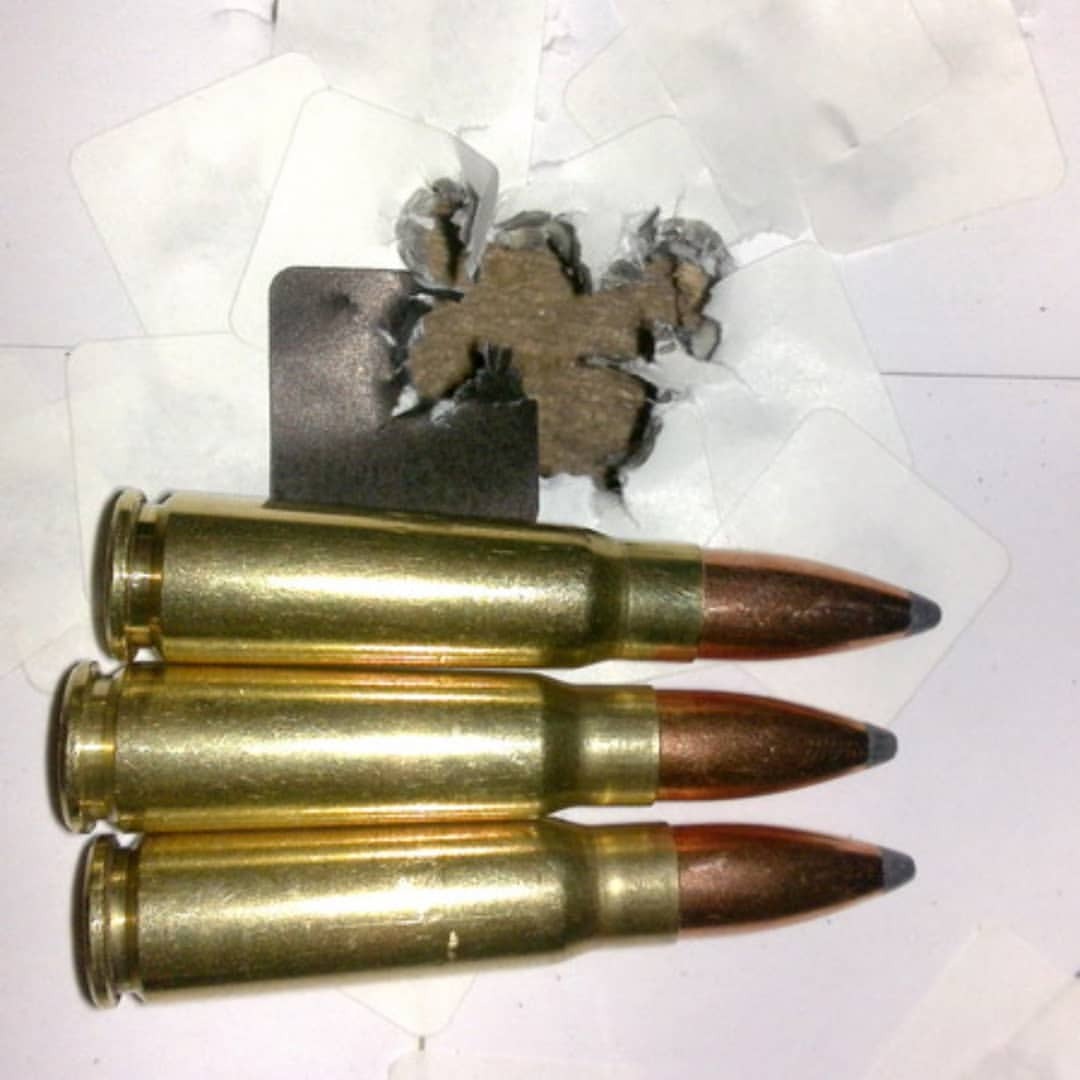
Question is, is there a heavy cast x39 load that will cycle an AR reliably? I load plenty for subsonic use, but in single shots or bolt actions, so cycling has never been an issue. I know the x39 is not the most reliable in an Ar15, need the right mags, maybe some gas port work. I already load for x39, and have a pile of it ready to use, vs going out and stocking up 300. It would be another set of dies to go out and buy, and powder to buy I do not have on my shelf. Any gun shop will have a pile of 5.56 or x39, not so much 300. 300 is not exactly cheap compared to a 5.56 or x39. Latest hornady book shows you need to go to 110gr in the 300 to equal velocity of a 123gr x39. Book data puts it a step behind the x39 supersonic. I know most are going into the 300AAC for a suppressed weapon. I generally look at my cases when I've fired them to see if there are any indicators.Im looking to build an upper. It would be a good idea to google "rifle case overpressure signs" and look at pictures of loads that show danger signs.

There's more to it than this, but that's the short version. The main thing is not to seat the projectile so deep that there's a kaboom, and your rifle turns into a cloud of flying parts. Some people swear by seating projectiles long like this, some say that their rifle works better when they do the opposite. I think it helps with bullet stability in flight.Įach rifle has a sweet spot for seating projectiles that it responds to best. The notion ( as I understand it) is that the shorter the jump for the projectile from the neck of the case to the lands, the better. Once it's fired, the lands grip the projectile and spin it, making it stable. The lands are the high edges of the rut, the grooves are the bottom of the rut. Rifling is composed of lands and grooves.Think of this as being like a rut in a muddy field. The other reason for seating at mag length is that the projectile is sitting in the chamber a little bit closer to the rifling than it would be otherwise. It may not actually be dangerous ( debatable) but the performance of the loads is said to become erratic. Too much pressure, and things like primers popping out or being pierced, cases separating inside the rifle,and other unsettling stuff happens. ĪDI loading tables put a "C" beside compressed loads, eg 40.5C (40.5 grains of powder, compressed load) It ramps up the pressure inside the case. Sometimes it can be done, sometimes it's a bad idea. This is where the bullet is seated so deep that it starts to scrunch up the powder in the case. The other problem is what's called a compressed load. There's a margin where seating them deeper isn't gonna be a problem particularly, so it's not as if it's a no-no. The deeper you load them, the more pressure generated inside the case. Seating bullets mag length,ie as long as you can reasonably load them, is a safe bet from the point of view of pressure. Here's my 2 cents on the broader reasons for seating bullets mag length, or deeper.

ThanksDriverman explained the case for seating bullets pretty damn well from the point of view of dealing with the specifics of 7.62x39. Thanks for the tip mate, im new to reloading and still yet to test them, could you please explain the benefits of seating the projectiles to the length of the mag vs seating the projectile lower, I also have some high velocity projectiles I plan on loading once I get this rifle sorted so all tips and info are welcome.


 0 kommentar(er)
0 kommentar(er)
